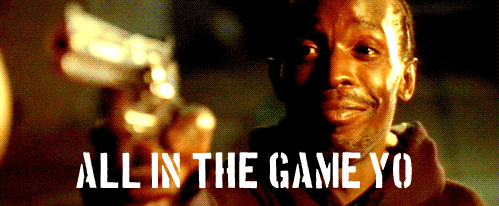The Button of Mass Distraction
The share button is responsible for the mass destruction of human attention. It is the single most insidious software invention of this century. It is, in my opinion, even more psychologically damaging than the like button, for which its inventor felt much regret. It lives across every device’s operating system and every app, robbing people of attention that the like button can only dream of; using a like button on a platform supports an emergent virality but few things create virality with the vigour of the share feature, allowing content to escape the moat of any single platform.
My suspicion for why this button has escaped such creator regret is that the word “share” lacks a moral valence; it’s too neutered to be subject to an assessment of this kind. In fact, it is so smartly implemented that in most cases, it doesn’t even display a count—notice how the retweet button shows its tally, quantifying its reach, while the share button operates invisibly. The truly destructive need not be measured.
Another reason we may never be able to fully manifest a regret for share into pure unadulterated disgust is due to the myriad form factors it comes in that transcend space and time; it makes it hard to isolate blame to a single version of it or inventor. It is perhaps the greatest example of decentralisation that puts every crypto scam to shame; this, my dear crypto bros, is how you disrupt the world.
The retweet button is platform-specific and was obviously presaged by the forward button in emails; the latter is an example of the multi-device cross-platform big daddy of it all. Elon revamped the retweet button with an alternative philosophy of re-sharing; Twitter suppressed tweets with external links if they lacked sufficient written context. We were told this was a feature, not a bug. Turns out, this was better than a feature; it was platform engagement farming in the guise of principled use of the internetIf this were untrue, wouldn’t retweeting also require some mandatory context? A true marketplace for ideas, Twitter no longer is..
But every implementation today pales in comparison to the smartphone browser implementation: the rectangle with the arrow pointing upward. The big momma of it all. A true masterpiece of insidious human-computer interaction software design. The innocent little bastard eradicates the friction between the copy and paste cycle of yore. Oh the misery from toggling between different windows and apps. Ah the neurosurgeon-level precision needed to screen-tap perfectly within a little dialog box to then obtain the “paste” option. More than friction-freeing, it is like Achilles in its ability to totally vanquish its foe: human attention. It does so swiftly, and at scale, by presenting one with a plethora of human targets to attention snipe through myriad pathways.
A sucker for dog and cat videos, I use this share button effectively to peddle ‘em, making my friends into content junkies, too. It’s all in the game.

It may one day be proven to be the reason for the stagnation in GDP all over the world. After all, the iPhone was released in Jan 2007 and there is evidence that UK productivity began stalling around 2008. A century from today, economic historians will revisit and maybe even absolve the American subprime mortgage lenders for causing the 2008 financial collapse bequeathing this honour to the share button.
Perhaps this honour will be shared with the iPhone.